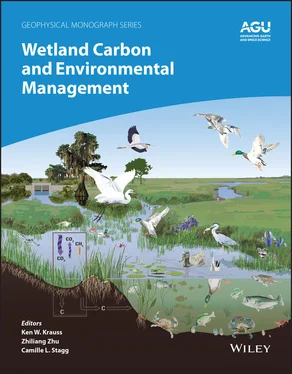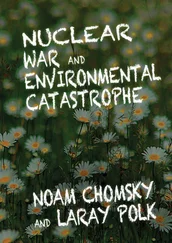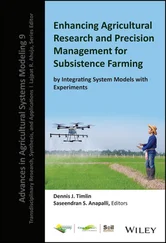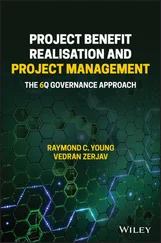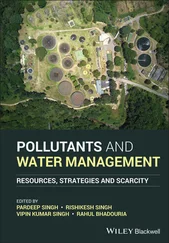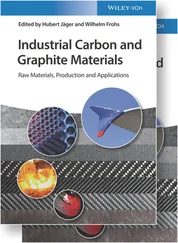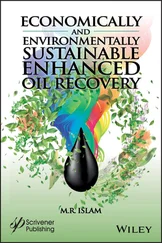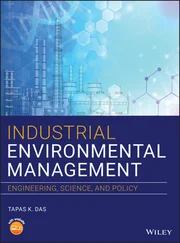This book synthesizes just a few wetland research studies conducted from around the world that link environmental management actions to carbon, including carbon storage, regulation of atmospheric carbon fluxes, lateral carbon transport, enhanced carbon sequestration, and improved ecosystem service value. This book is intended to explain the role that environmental management of wetlands can have in influencing carbon fluxes.Part I presents introductory chapters that describe carbon storage on the landscape in places like the conterminous United States, detail how wetlands are involved biogeochemically, and provide an overview of some wetland management practices. This book then presents chapter‐level summaries of how management influences carbon storage or loss in specific tidal wetlands (Part II) and specific non‐tidal and inland wetlands (Part III). The case studies sections highlight the wide variation in how scientists assess wetland carbon processes, ranging from long‐term geological studies to shorter‐term flux studies, and over multiple spatial scales. All of these techniques have different applications, and while this book does not provide a comprehensive global assessment of all carbon studies underway, it provides representative accounts from multiple countries for quick reference. This book concludes with synthesis chapters (Part IV) that provide primers on the topics of carbon markets and ecosystem services, and summary results from the Second State of the Carbon Cycle Report delivered to the U.S. Congress in 2019 that identifies the role of inland and tidal wetlands in large‐scale efforts to sequester carbon from increased atmospheric CO 2concentrations while limiting emissions of CH 4under certain conditions. The final chapter represents a summary of the book and identifies pathways forward.
Ken W. KraussZhiliang ZhuCamille L. Stagg United States Geological Survey
1 Fargione, J. E., Bassett, S., Boucher, T., Bridgham, S. D., Conant, R. T., Cook‐Patton, S. C., et al. (2018). Natural climate solutions for the United States. Science Advances, 4, eaat1869. doi: 10.1126/sciadv.aat1869
2 Kroeger, K. D., Crooks, S., Moseman‐Valtierra, S., & Tiang, J. (2017). Restoring tides to reduce methane emissions in impounded wetlands: A new and potent Blue Carbon climate change intervention. Scientific Reports, 7, 11914. https://doi.org/10.1038/s41598‐017‐12138‐4
3 Nahlik, A. M., & Fennessy, M.S. (2016). Carbon storage in US wetlands. Nature Communications, 7, 13835. https://doi.org/10.1038/ncomms13835
4 Selmants, P. C., Giardina, C. P., Jacobi, J. D., & Zhu, Z. (Eds.) (2017). Baseline and Projected Future Carbon Storage and Carbon Fluxes in Ecosystems of Hawai`i. Professional Paper 1834. Reston, Virginia: U.S. Geological Survey.
5 USGCRP (2018) Second State of the Carbon Cycle Report (SOCCR2): A Sustained Assessment Report. N. Cavallaro, G. Shrestha, R. Birdsey, M. A. Mayes, R. G. Najjar, S. C. Reed, P. Romero‐Lankao, & Z. Zhu (Eds.), U.S. Global Change Research Program, Washington, DC, USA.
6 Wang, H., Steyer, G. D., Couvillion, B. R., Beck, H. J., Rybczyk, J. M., Rivera‐Monroy, V. H., et al. (2017). Predicting landscape effects of Mississippi River diversions on soil organic carbon sequestration. Ecosphere, 8, e01984. https://doi.org/10.1002/ecs2.1984
7 Zhu, Z. (Ed.) (2011). Baseline and Projected Future Carbon Storage and Greenhouse‐Gas Fluxes in Great Plains Region of the United States. Professional Paper 1787. Reston, Virginia: U.S. Geological Survey.
8 Zhu, Z., & Reed, B. C. (Eds.) (2012). Baseline and Projected Future Carbon Storage and Greenhouse‐Gas Fluxes in Ecosystems of the Western United States. Professional Paper 1797. Reston, Virginia: U.S. Geological Survey.
9 Zhu, Z., & Reed, B. C. (Eds.) (2014). Baseline and Projected Future Carbon Storage and Greenhouse‐Gas Fluxes in Ecosystems of the Eastern United States. Professional Paper 1804. Reston, Virginia: U.S. Geological Survey.
10 Zhu, Z., & McGuire, A. D. (Eds.) (2016) Baseline and Projected Future Carbon Storage and Greenhouse‐Gas Fluxes in Ecosystems of Alaska. Professional Paper 1826. Reston, Virginia, USA: U.S. Geological Survey.
Part I Introduction to Carbon Management in Wetlands
1 A Review of Global Wetland Carbon Stocks and Management Challenges
Benjamin Poulter1, Etienne Fluet-Chouinard2, Gustaf Hugelius3, Charlie Koven4, Lola Fatoyinbo1, Susan E. Page5, Judith A. Rosentreter6, Lindsey S. Smart7, Paul J. Taillie8, Nathan Thomas1,9, Zhen Zhang10, and Lahiru S. Wijedasa11,12
1 Biospheric Sciences Laboratory, Earth Sciences Division, NASA Goddard Space Flight Center, Greenbelt, Maryland, USA
2 Department of Earth System Science, Stanford University, Stanford, California, USA
3 Department of Physical Geography, Stockholm University, Stockholm, Sweden; and Bolin Centre for Climate Research, Stockholm University, Stockholm, Sweden
4 Climate and Ecosystem Sciences Division, Lawrence Berkeley National Laboratory, Berkeley, California, USA
5 School of Geography, Geology & the Environment, University of Leicester, Leicester, UK
6 Centre for Coastal Biogeochemistry, School of Environment, Science and Engineering, Southern Cross University, Lismore, NSW, Australia
7 Center for Geospatial Analytics, North Carolina State University, Raleigh, North Carolina, USA
8 Department of Wildlife Ecology and Conservation, University of Florida, Gainesville, Florida, USA
9 Earth System Science Interdisciplinary Center, University of Maryland, College Park, Maryland, USA
10 Department of Geographical Sciences, University of Maryland, College Park, Maryland, USA
1 Integrated Tropical Peat Research Program, NUS Environmental Research Institute, T-Labs, National University of Singapore, Singapore
12 ConservationLinks, Singapore
Wetlands have unique soil, vegetation, and biogeochemistry that arises from their landscape position and wetland hydrology, which creates low oxygen levels in the soil. With reduced oxygen availability, plants develop adaptations to survive, such as aerenchyma, that allow transport of atmospheric oxygen to their roots, and soil microbial communities become dominated by anaerobic respiration processes that are less efficient in oxidizing carbon. Combined, the above‐ and belowground carbon stocks of wetlands play a key role in the global carbon cycle at varying time scales. This chapter provides a comprehensive assessment of wetland carbon stocks, research methodologies, and their historical and future trajectories. We estimate wetland carbon stocks range between 520–710 PgC (and 1792 to 1882 PgC with permafrost carbon) globally.
1.1. INTRODUCTION
1.1.1. Wetlands in the Global Carbon Cycle
Wetlands play an important role in the global carbon cycle because of the large amounts of organic carbon they store in vegetation and soils. The accumulation of carbon is partly due to the high productivity of some wetlands, such as in tropical salt marsh and mangrove ecosystems. But over long timescales, large wetland carbon stocks are found belowground, mainly because of how water‐saturated soils slow rates of organic matter decomposition. Because of the large amount of carbon stored in wetlands, these ecosystems are considered to be particularly vulnerable to climate change and may act as a positive feedback to atmospheric carbon dioxide and methane concentrations as wetlands become drier or warmer, or as permafrost thaws. Estimates of global wetland carbon stocks remain uncertain due to a combination of challenges in field sampling, the scaling of site level and in‐situ observations to regions, definitions and inclusivity of wetland types in different assessments, and due to year‐to‐year or decadal variability in wetland extent caused by human management, climate variability, and climate change. This chapter aims to provide a comprehensive assessment of global wetland carbon stock estimates, taking into account these sources of uncertainty. The chapter presents a brief overview of methods that are commonly used to estimate wetland carbon stocks, then individual sections provide estimates of stocks for key wetland types found in tropical, boreal, and temperate regions, and including those associated with “blue carbon” or coastal systems. Two additional sections on historical losses of wetlands and future trends in wetland carbon stocks are presented to provide a temporal context for carbon accounting.
Читать дальше
